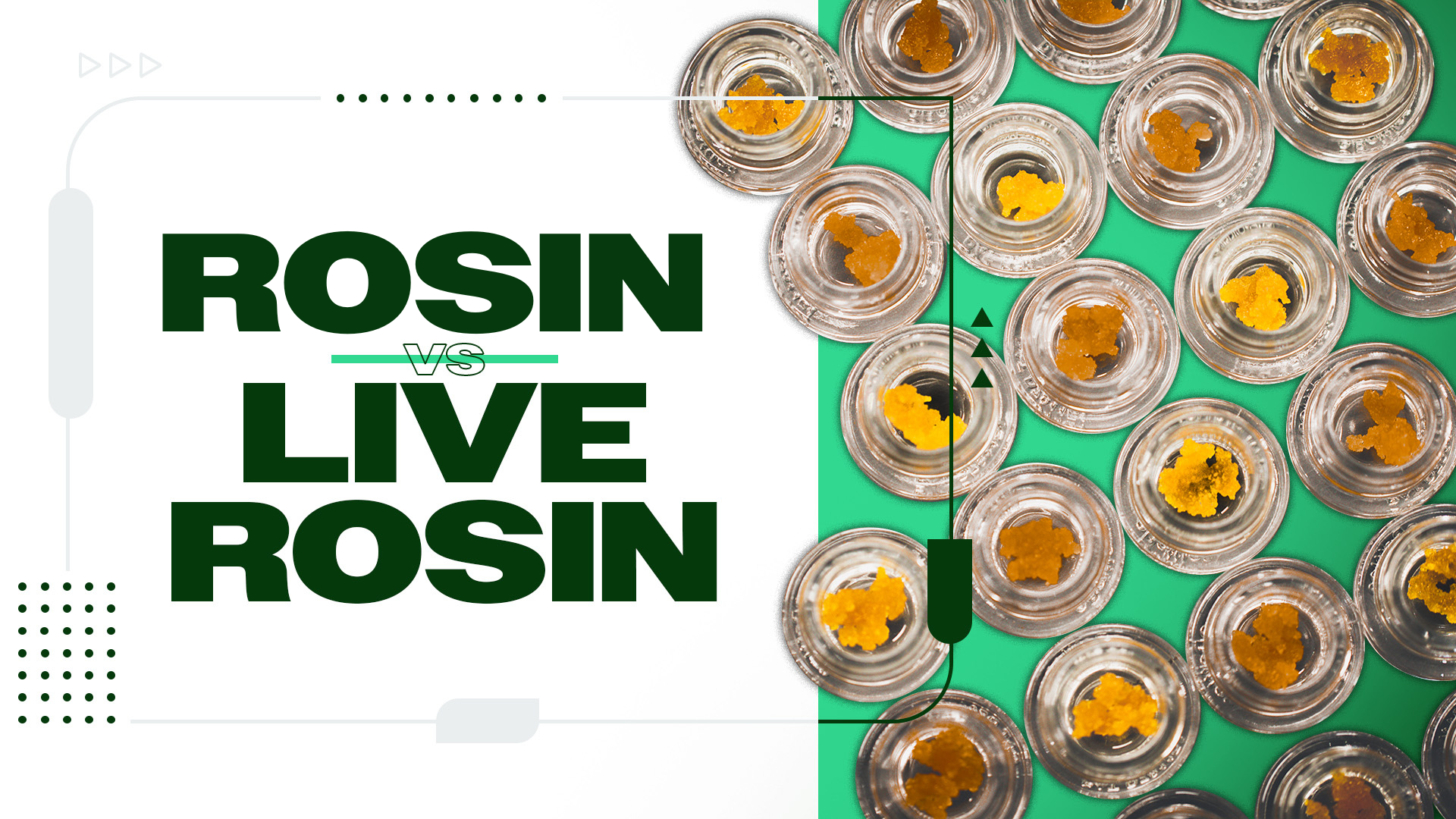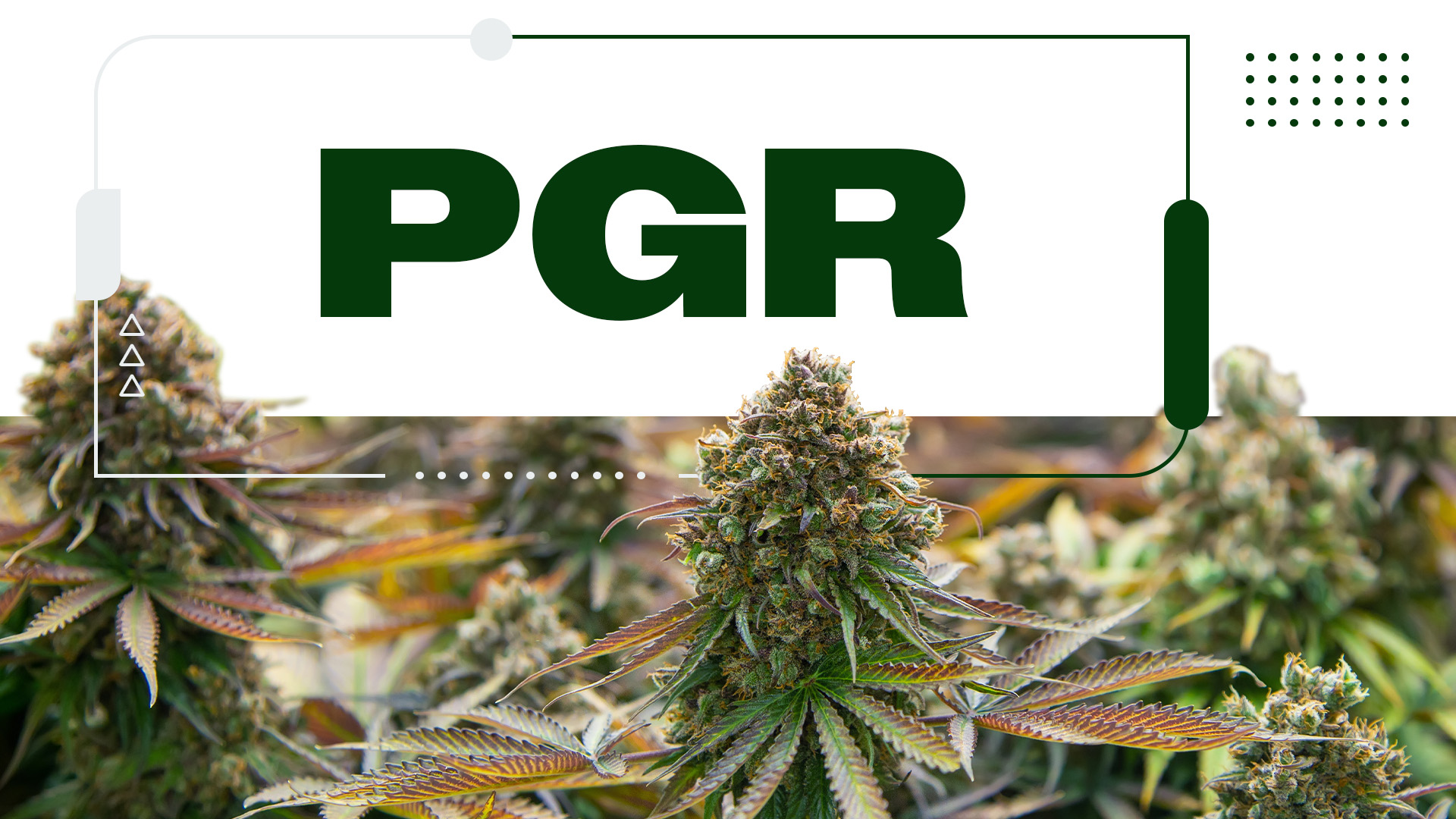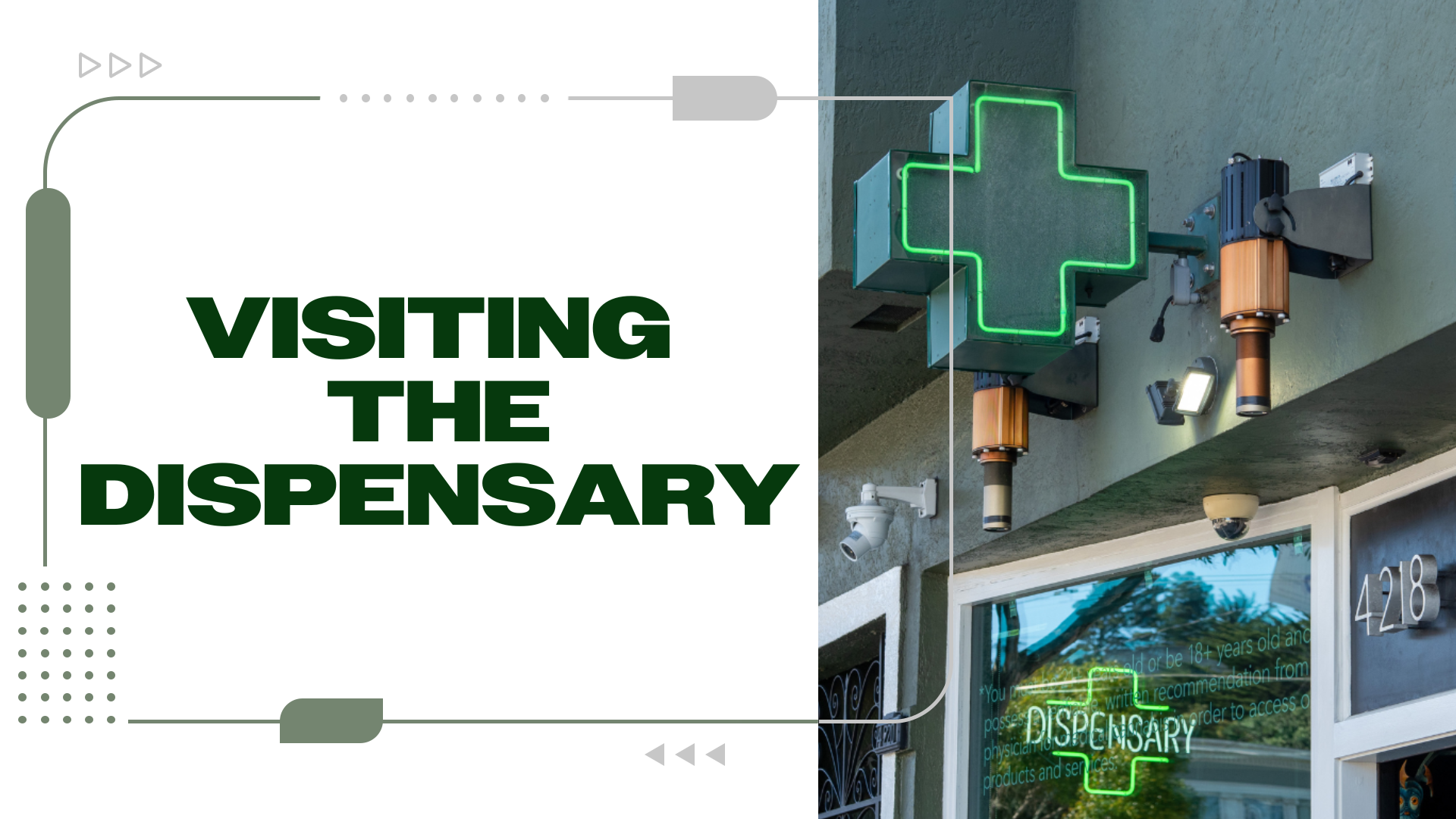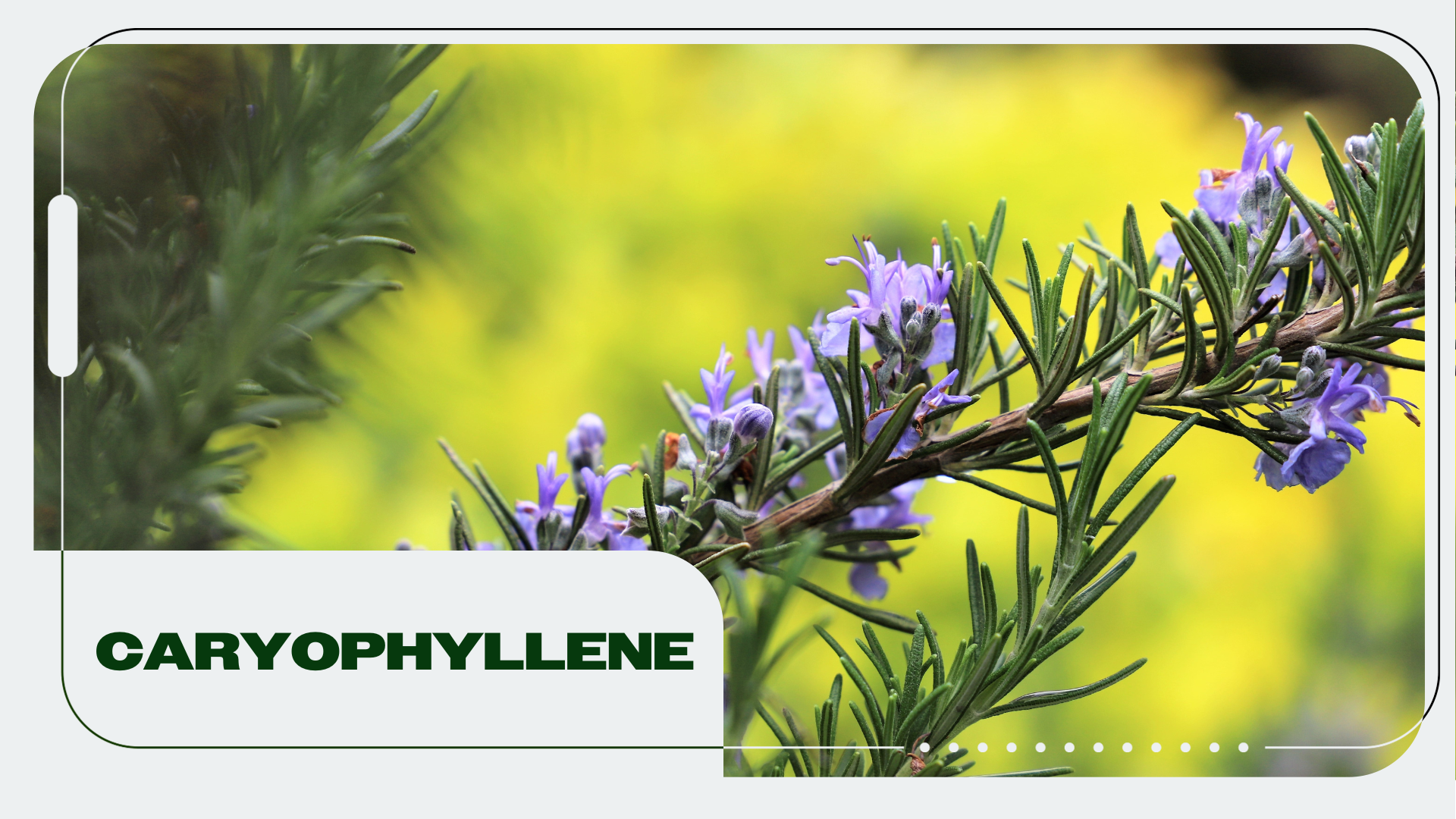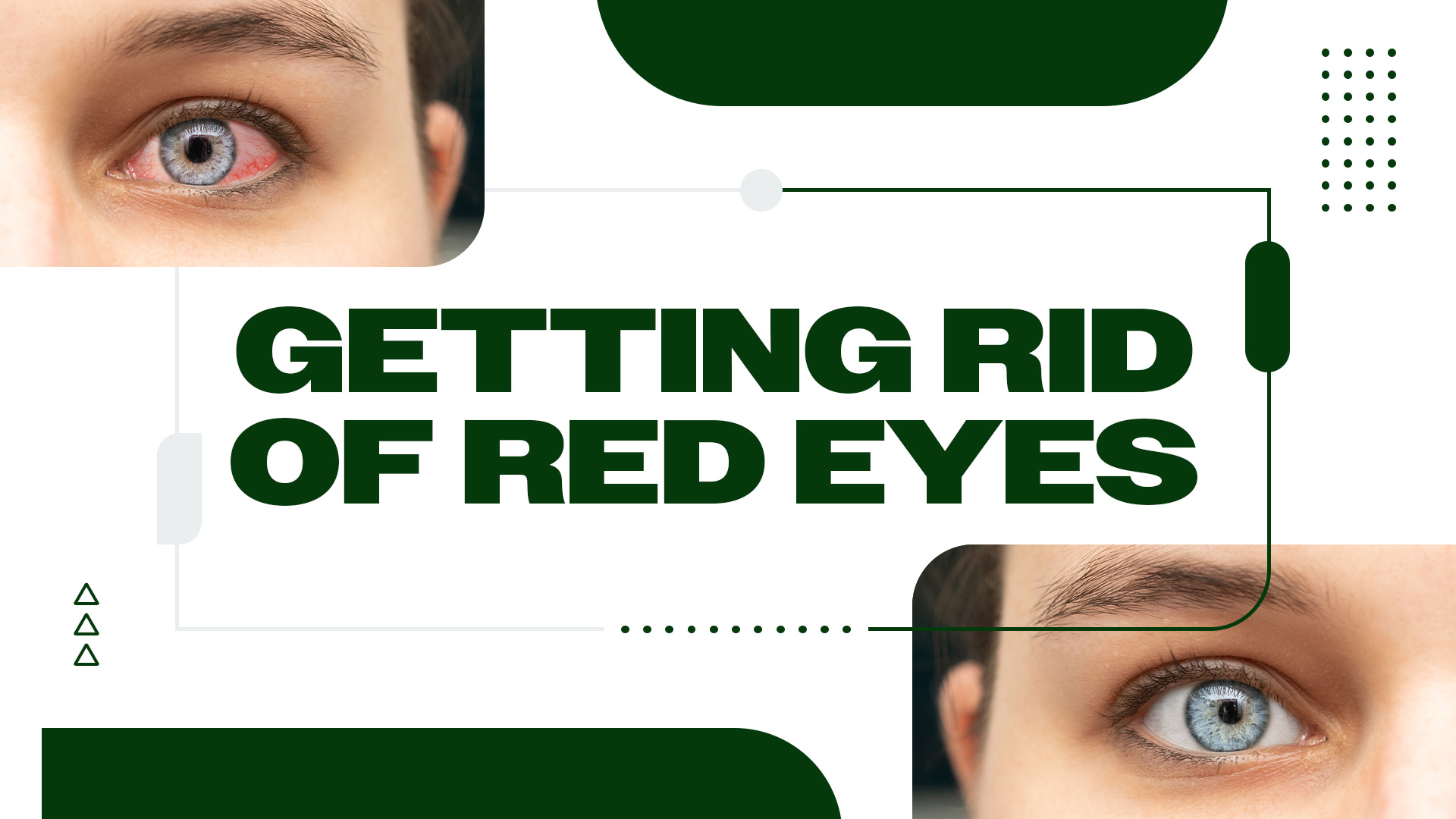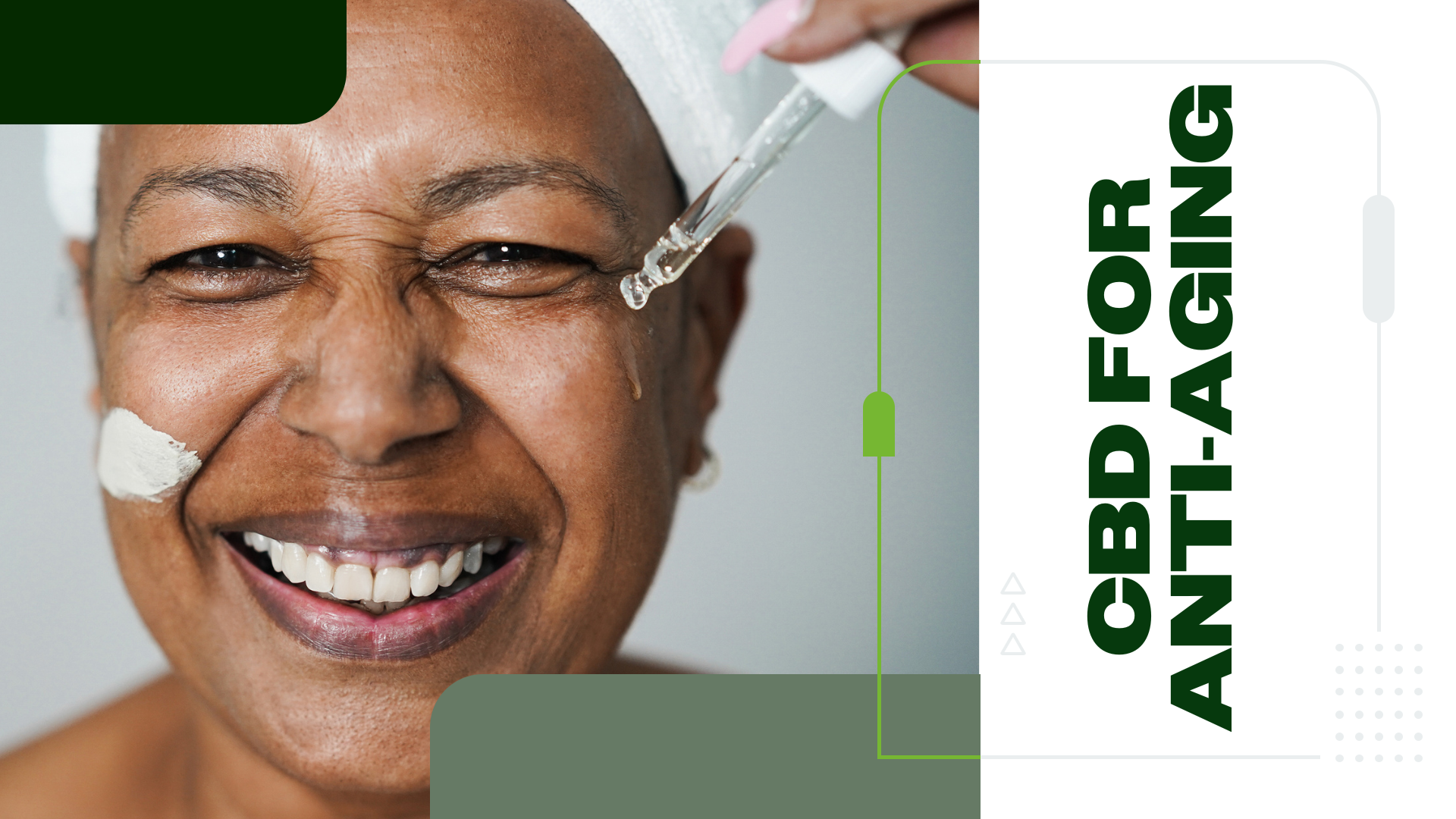Rosin and live rosin are distinctively similar yet very different types of cannabis concentrates. They are both made from cannabis, but only one of them is derived from fresh frozen cannabis plant material.
Before we get into talking about rosin vs live rosin, let’s take a moment to clear a cloud of confusion about a type of cannabis extract that sounds very similar to the two mentioned above: live resin.
So what’s the difference between live resin and live rosin? Though they sound a lot alike, the two types of concentrates are very different. Live resin uses a solvent, such as butane, ethanol, or propane, and fresh, flash-frozen plant material in the extraction method, whereas rosin and live rosin do not. Live resin is made much in the same manner as shatter or honeycomb/crumble wax. The difference is in the type of material used and the temperatures in which they are handled. In this case, live resin is made by flash-freezing plant matter and maintaining a cold controlled solvent temperature.
In the debate between live resin vs live rosin, live rosin generally maintains the natural terpene profile, while live resin often has a higher concentration of THC.
Let’s take a deep dive into the world of rosin and live rosin to learn what they’re all about.
What Is Rosin?
Rosin is a type of cannabis concentrate that many people enjoy. In fact, it could possibly be the most widely consumed cannabis concentrate out there. The reason for this is that anyone can make rosin at home with the right equipment. All you need is some cured cannabis buds, parchment paper, and a small cannabis rosin press machine.
Rosin is created by taking cured cannabis flower and placing it between parchment. Unlike live resin, the rosin-making process is a solventless extraction. Sometimes cannabis is put inside screens, sometimes called socks, to be pressed. These socks or screens are placed in between two pieces of parchment so the rosin that flows from it can be collected. A good rosin machine will set you back a few hundred dollars but will pay for itself in no time at all, especially if you grow your own cannabis. Another great thing about making rosin is that the leftover pucks of pressed cannabis after the extraction process can be used to make things like cannabutter and edibles.
What Is Live Rosin?
Live rosin is a little more complicated to make and usually left for the professionals at the local dispensary or cannabis connoisseurs. Pressing a fresh cannabis bud will produce different results than the tasty rosin you’re used to seeing in a dispensary. Live rosin is made using fresh buds or a collection of trichomes known as kief. Since trichomes hold most of the terpenes and cannabinoids of the plant, kief is highly potent and super aromatic.
There are different methods for harvesting trichomes to make live rosin, such as shaker boxes, screens, and others. The gold standard for live rosin is to use high-quality kief collected from the cannabis plant, so the end product is highly potent and rich in terpenes.
This can be in the form of raw hashish, which can be scraped from the hands or produced using ice water, making what is known as bubble hash. Bubble hash or kief is placed into a mesh sock and pressed using heat and pressure to remove the goodness inside.
How to Make Rosin and Live Rosin at Home
Rosin can be made in large batches for seemingly endless dabs, or it can be made in very small batches with as little as one gram at a time. Just like live rosin is made, in order to make rosin, you will need a rosin press. You can make rosin using a cosmetic hair straightener, some parchment paper, and some channel lock c-clamp vise grips. But you will not get the same quality or return doing this as you will from a rosin press. You can pick up a cheap rosin press on Amazon for about $150 but don’t expect to get a lot of uses out of one of these units. A decent rosin press will set you back somewhere between $300-$500.
To make rosin, simply take parchment paper and fold it over to make a ticket. The ticket is basically a rectangular piece of parchment folded in half and cut to fit the size of your press. Turn your press on and allow it to heat up to somewhere between 180 to 220°.
Once you have achieved this temperature, place your ticket with cannabis in between the plates on your press and lock them into place. Most people press for an average of 60 to 180 seconds. When working with kief, many people choose to go with a lower temperature, between 150 to 190°, and pressing no longer than 1.5 to 5 minutes. The general rule of thumb is higher temperatures produce a larger yield while lower temperatures produce richer flavor profiles in the final product.
What Are They Good For?
Rosin and live rosin are both great cannabis products for helping relieve a wide variety of different symptoms. Symptoms like stress, anxiety, chronic pain, arthritis, migraine headaches, nausea, dizziness, loss of appetite, insomnia, and more.
People suffering from various forms of chronic pain find this type of concentrate extremely beneficial to them. Rosin and live rosin products are great forms of concentrate for anyone who grows cannabis at home. There’s a certain feeling that comes from knowing how your rosin/live rosin is produced from start to finish.
Why You Should Get Your Medical Marijuana Card
Veriheal has satisfied millions of patients nationwide by giving them access to these benefits
- Larger purchase limits
- Peace of mind
- Enhanced legal protection
- Access to higher potency strains
- Save up to 25% on cannabis purchases
- Skip the line at the dispensary
What Do They Taste Like?
Both rosin and live rosin tend to taste exactly like the material they were made from smells. The aroma profile of cannabis is often a sign of what the flavor profile will be like. The better the material is to start with, the better the quality suggests taste and effect will be with the end result. Rosin is commonly made from a single source, meaning that when you vape rosin, it will carry the flavor profile of your favorite strains of cannabis.
How Strong Are They?
Rosin/live rosin averages a THC percentage between 70-85%. This gives it more than enough muscle to get the job done, from helping you relax to helping with issues like pain and in between. Most cannabis strains today are between 14-20% THC. This means that it’s safe to say that rosin/live rosin is about four times stronger than cannabis itself.
How Much Do They Cost?
Rosin and live rosin are some of the more expensive varieties of concentrate. Live rosin is on top of the top shelf and will set you back, on average, around $40 a gram. Many places sell live rosin for even more. Rosin, on the other hand, is slightly less expensive and can be purchased for about the same price as other concentrates like budder, wax, or shatter. The price you pay for rosin or live rosin will depend on what state you live in and where you are making your purchase from.
Where to Buy Rosin and Live Rosin
When it comes to rosin and live rosin, with a starting investment, you can begin making it yourself at home. Otherwise, you will want to hit your local cannabis dispensary, where you can buy either one of these types of concentrate.
When you make purchases from a legal cannabis dispensary, you can always expect to have certified lab results for any product you purchase. These lab results let you know things like potency and purity, offering consumers peace of mind that they’re getting what they paid for with no unexpected surprises.
Citations:
1. Lamy, F. R., Daniulaityte, R., Zatreh, M., Nahhas, R. W., Sheth, A., Martins, S. S.,
Boyer, E. W., & Carlson, R. G. (2018). "You got to love rosin: Solventless dabs,
pure, clean, natural medicine." Exploring Twitter data on emerging trends in
Rosin Tech marijuana concentrates. Drug and alcohol dependence, 183,
248–252.
2. NIDA. 2020, June 25. Cannabis (Marijuana) Concentrates DrugFacts.
3. Bidwell, L. C., Martin-Willett, R., & Karoly, H. C. (2021). Advancing the science on
cannabis concentrates and behavioural health. Drug and alcohol review, 40(6),
900–913.
4. Lazarjani, M. P., Young, O., Kebede, L., & Seyfoddin, A. (2021). Processing and
extraction methods of medicinal cannabis: a narrative review. Journal of cannabis
research, 3(1), 32.
5. Hameed, M., Prasad, S., Jain, E., Dogrul, B. N., Al-Oleimat, A., Pokhrel, B.,
Chowdhury, S., Co, E. L., Mitra, S., Quinonez, J., Ruxmohan, S., & Stein, J.
(2023). Medical Cannabis for Chronic Nonmalignant Pain Management. Current
pain and headache reports, 27(4), 57–63.
6. Paland, N., Hamza, H., Pechkovsky, A., Aswad, M., Shagidov, D., & Louria-
Hayon, I. (2023). Cannabis and Rheumatoid Arthritis: A Scoping Review
Evaluating the Benefits, Risks, and Future Research Directions. Rambam
Maimonides medical journal, 14(4), e0022.
7. Sherpa, M. L., Shrestha, N., Ojinna, B. T., Ravi, N., Shantha Kumar, V., Choday,
S., Parisapogu, A., Tran, H. H., Kc, A., & Elshaikh, A. O. (2022). Efficacy and
Safety of Medical Marijuana in Migraine Headache: A Systematic Review.
Cureus, 14(12), e32622.
8. Beletsky, A., Liu, C., Lochte, B., Samuel, N., & Grant, I. (2024). Cannabis and
Anxiety: A Critical Review. Medical cannabis and cannabinoids, 7(1), 19–30.
9. Babson, K. A., Sottile, J., & Morabito, D. (2017). Cannabis, Cannabinoids, and
Sleep: a Review of the Literature. Current psychiatry reports, 19(4), 23.
10. Kirkham T. C. (2009). Cannabinoids and appetite: food craving and food
pleasure. International review of psychiatry (Abingdon, England), 21(2), 163–171.
Author, Share & Comments










